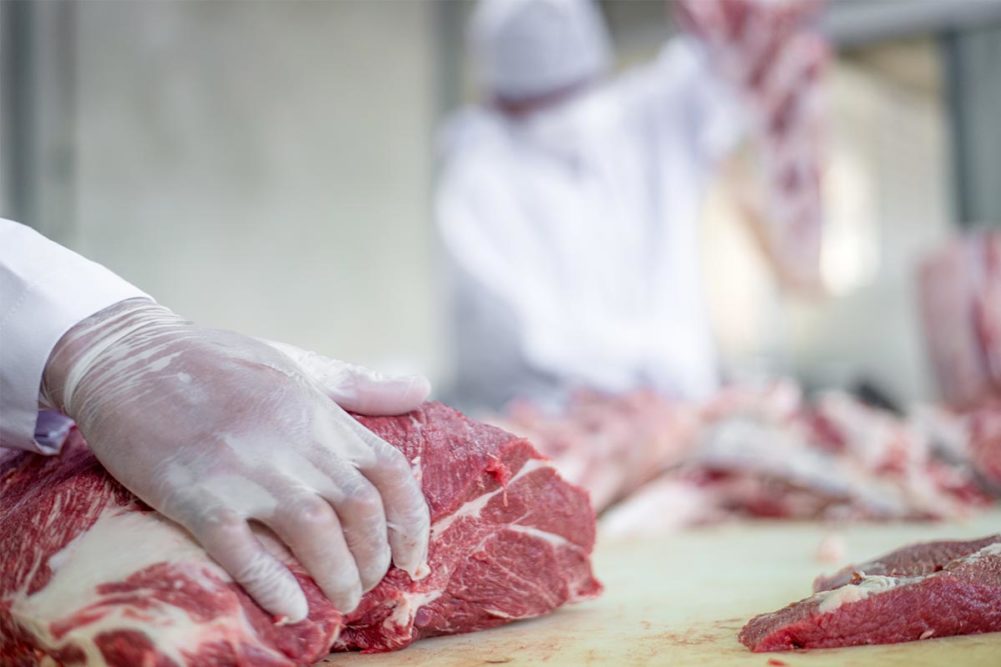WASHINGTON – In its latest attempt to help pork farmers, the National Pork Producers Council (NPPC) and 26 state pork associations asked the USDA’s Federal Crop Insurance Corporation (FCIC) to implement enhancements of the Livestock Risk Protection (LRP) insurance program. The association said changes would mitigate the impact of unexpected declines in hog values from the unanticipated events such as the COVID-19 pandemic.
“The COVID-19 crisis in our farm sector has demonstrated the enormous value of an enhanced LRP,” said Howard A.V. Roth, NPPC president. “The LRP changes we support, if enacted, would undoubtedly draw more hog farmer participants to the program and help offset losses caused by catastrophic events like the one we are experiencing today.”
NPPC laid out its modifications in an Aug. 10 letter addressed to the FCIC. The association asked for an increased subsidy to make the program more affordable to livestock farmers, particularly when a risk management program is most needed but often cost-prohibitive.
Included in the letter would be an expansion of coverage to 52 weeks and increase the number of head eligible.
“Risk management decisions in pork production are often made at least 52 weeks in advance,” NPPC said in the letter. “The current maximum coverage period of 26 weeks, combined with limitations on the number of pigs that can be covered, have significantly limited program participation.”
According to the association, more than 120 million hogs were marketed in the United States during 2019. During the last 15 years, only once have more than 100,00 hogs been put under LRP coverage due to the program’s limitation.


